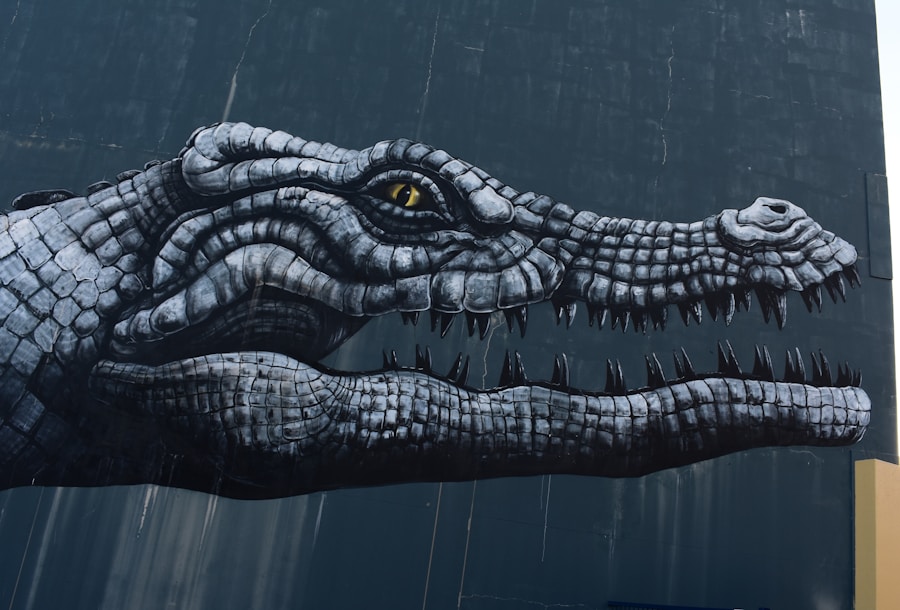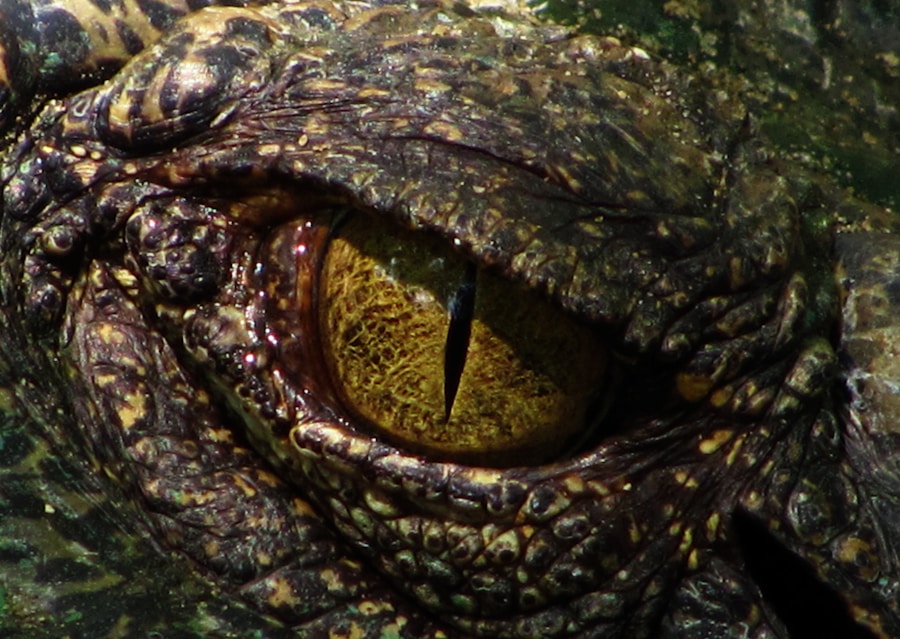When you think of iconic monsters in cinema, Godzilla undoubtedly comes to mind. The original film, “Gojira,” released in 1954, marked the beginning of a cultural phenomenon that would span decades. Directed by Ishirō Honda, this Japanese film was not just a monster movie; it was a poignant commentary on the fears and anxieties of a post-war society.
The creature itself, a towering behemoth awakened by nuclear testing, symbolizes the destructive power of humanity’s technological advancements. As you watch Godzilla rampage through Tokyo, you can feel the weight of history pressing down on the narrative, making it more than just a tale of destruction. The film’s special effects, crafted by Eiji Tsuburaya, were groundbreaking for their time.
You might find yourself captivated by the miniature sets and the man-in-suit technique that brought Godzilla to life. The film’s haunting score, composed by Akira Ifukube, adds an emotional depth that resonates with viewers even today. As you immerse yourself in this cinematic experience, you realize that Godzilla is not merely a monster; he is a reflection of humanity’s darkest fears and the consequences of our actions.
This original film laid the groundwork for an entire genre, establishing Godzilla as a cultural icon that would evolve over the years but never lose its core essence.
Key Takeaways
- The original Godzilla film was released in 1954 and is a classic of Japanese cinema, known for its groundbreaking special effects and powerful anti-nuclear message.
- Godzilla has appeared in popular video games such as “Godzilla: Destroy All Monsters Melee” and “Godzilla: Save the Earth,” allowing players to control the iconic monster and battle other kaiju.
- Godzilla has been referenced in music by artists such as Blue Oyster Cult, who released the song “Godzilla” in 1977, and has been featured in numerous soundtracks and music videos.
- Godzilla has made appearances in television shows such as “Godzilla: The Series” and “Zone Fighter,” as well as being parodied in episodes of “The Simpsons” and “South Park.”
- Godzilla has been a popular subject in comic books, with series such as “Godzilla: King of the Monsters” and crossovers with other iconic characters like Batman and the Avengers.
- Godzilla has been the focus of various literary works, including novels and short stories, expanding on the monster’s mythology and exploring its impact on the world.
- Godzilla has been featured in a wide range of merchandise, including toys, clothing, and collectibles, appealing to fans of all ages.
- Godzilla has become a popular subject for internet memes, with images and videos of the monster being shared and remixed across social media platforms.
Godzilla in Popular Video Games
Classic Godzilla Games
Games like “Godzilla: Destroy All Monsters Melee” and “Godzilla: Unleashed” have provided fans with the opportunity to unleash their inner monster, battling against other iconic creatures in epic showdowns. These classic titles have allowed players to engage with the franchise in a way that feels personal and exhilarating.
Modern Gaming Experience
In recent years, titles such as “Godzilla” for PlayStation 4 have brought the franchise into the modern gaming era, offering stunning graphics and immersive gameplay. Players can explore vast environments, engage in strategic combat, and even experience the narrative that has defined Godzilla for generations.
Becoming Part of Godzilla’s Legacy
The ability to control such a powerful creature allows players to engage with the franchise in a way that feels personal and exhilarating. As players navigate these virtual worlds, they become part of Godzilla’s legacy, experiencing firsthand the chaos and excitement that comes with being one of cinema’s most famous monsters.
Godzilla in Music

Godzilla’s influence extends beyond film and video games; it has also made its mark on the music industry. The creature has inspired countless artists across various genres, from rock to hip-hop. You might find yourself humming along to tracks that reference Godzilla or feature samples from the iconic films.
Bands like Blue Öyster Cult even dedicated songs to the monster, capturing his essence in lyrics that resonate with fans. The fusion of music and monster culture creates a unique experience that allows you to connect with Godzilla on a different level. Moreover, soundtracks from Godzilla films have become iconic in their own right.
The powerful orchestral compositions evoke emotions that enhance the viewing experience. As you listen to Akira Ifukube’s scores, you can feel the tension building as Godzilla approaches, creating an atmosphere that is both thrilling and terrifying. This musical legacy continues to inspire new generations of artists who pay homage to the King of Monsters through their work.
Whether you’re attending a concert or simply enjoying music at home, Godzilla’s presence can be felt in the rhythm and melodies that celebrate this legendary creature.
Godzilla in Television
The television landscape has also embraced Godzilla, bringing the monster into homes around the world through various series and adaptations. You may recall watching “Godzilla: The Animated Series,” which aired in the late 1990s and introduced a new generation to the iconic kaiju. This series expanded on Godzilla’s lore, presenting him as a protector of Earth rather than just a destructive force.
As you followed his adventures alongside human allies, you witnessed a different side of Godzilla—a guardian fighting against other monstrous threats. In addition to animated series, live-action adaptations have also explored Godzilla’s character in unique ways. Shows like “Godzilla: Singular Point” have taken bold creative directions, blending science fiction with horror elements while maintaining the essence of what makes Godzilla so compelling.
As you watch these series unfold, you can appreciate how they contribute to the ongoing narrative of Godzilla’s legacy, showcasing his adaptability and relevance in contemporary storytelling. Television has allowed for deeper character exploration and world-building, enriching your understanding of this beloved monster.
Godzilla in Comic Books
Comic books have long been a medium where fantastical stories come to life, and Godzilla is no exception. You may find yourself flipping through pages filled with vibrant illustrations and thrilling narratives that expand on Godzilla’s universe. Various publishers have produced comic series featuring the King of Monsters, each offering unique interpretations and storylines that keep fans engaged.
From Dark Horse Comics to IDW Publishing, these comics explore everything from epic battles against other kaiju to intricate plots involving human characters caught in the chaos. As you read these comics, you can appreciate how they delve into themes of environmentalism, humanity’s relationship with nature, and the consequences of scientific experimentation—echoing many of the original film’s messages. The visual storytelling allows for dynamic action sequences that capture the sheer scale and power of Godzilla as he faces off against formidable foes.
Whether you’re a longtime fan or new to the world of comics, these stories provide an exciting avenue for exploring Godzilla’s legacy while engaging with thought-provoking themes.
Godzilla in Literature

Godzilla’s reach extends into literature as well, where authors have crafted novels and essays exploring his impact on culture and society. You might find yourself drawn to works that analyze Godzilla as a symbol of nuclear anxiety or as a representation of humanity’s struggle against its own creations. These literary explorations offer a deeper understanding of why Godzilla resonates so profoundly with audiences around the world.
Additionally, novels inspired by Godzilla often take creative liberties, reimagining his story in various contexts or settings. You may encounter tales where Godzilla becomes an unlikely hero or where his existence prompts philosophical questions about morality and existence. These narratives allow you to engage with Godzilla on an intellectual level while still enjoying the thrill of kaiju action.
Literature provides a unique lens through which to view this iconic character, enriching your appreciation for his enduring legacy.
Godzilla in Merchandise
The merchandising surrounding Godzilla is nothing short of extraordinary. As you walk through toy stores or browse online shops, you’ll likely encounter an array of products featuring your favorite kaiju—action figures, collectibles, clothing, and more. This extensive range of merchandise allows fans like you to express your love for Godzilla in tangible ways.
Whether you’re adding a detailed figure to your collection or sporting apparel adorned with his likeness, these items serve as reminders of your connection to this legendary monster. Moreover, limited edition releases and collaborations with artists have elevated Godzilla merchandise into sought-after collectibles. You might find yourself eagerly anticipating new releases or hunting for rare items at conventions or online marketplaces.
This aspect of fandom fosters a sense of community among collectors who share your passion for all things Godzilla. As you engage with this merchandise culture, you become part of a larger narrative that celebrates not only the monster himself but also the creativity and artistry inspired by his legacy.
Godzilla in Internet Memes
In today’s digital age, internet memes have become a powerful form of expression and communication, and Godzilla has found his place within this realm as well. You may have come across countless memes featuring Godzilla—whether it’s humorous takes on his destructive tendencies or clever references to pop culture moments. These memes allow fans to engage with Godzilla in a lighthearted way while also showcasing their creativity.
The adaptability of Godzilla as a meme reflects his enduring relevance in contemporary culture. As you scroll through social media platforms, you might find yourself laughing at clever edits or relatable captions that incorporate this iconic monster into everyday situations. This phenomenon not only keeps Godzilla in the public consciousness but also fosters connections among fans who share similar interests and humor.
In this digital landscape, Godzilla continues to evolve, proving that even after decades of existence, he remains a beloved figure capable of inspiring joy and laughter across generations. In conclusion, Godzilla is more than just a monster; he is a cultural icon whose influence permeates various aspects of entertainment and society. From his origins in film to his presence in video games, music, television, comic books, literature, merchandise, and internet memes, he has left an indelible mark on our collective consciousness.
As you explore these different facets of Godzilla’s legacy, you can appreciate how he continues to resonate with audiences around the world—an enduring symbol of both fear and fascination that transcends time and medium.
If you’re a fan of Godzilla and want to dive deeper into the lore, you should check out The Ultimate Guide to the Top Godzilla Books You Must Read.
FAQs
What is the informal way Godzilla is awakened from the ocean in pop culture references?
In pop culture references, Godzilla is informally awakened from the ocean by loud noises, such as the sound of a submarine’s sonar or the detonation of nuclear bombs.
Is this how Godzilla is awakened in the original Godzilla movies?
No, in the original Godzilla movies, the creature is usually awakened by nuclear radiation or other environmental disturbances, rather than by loud noises.
Why is Godzilla often depicted as being awakened by loud noises in pop culture references?
The idea of Godzilla being awakened by loud noises in pop culture references is likely a simplification or exaggeration of the creature’s sensitivity to disturbances in its environment. This concept is often used for dramatic effect in storytelling and to create tension in the narrative.
Are there other ways Godzilla has been awakened in pop culture references?
Yes, in addition to loud noises, Godzilla has been depicted as being awakened by other means in pop culture references, such as by the presence of other monsters or by human activities that disrupt its natural habitat. These variations in storytelling allow for different interpretations of the character and its motivations.
